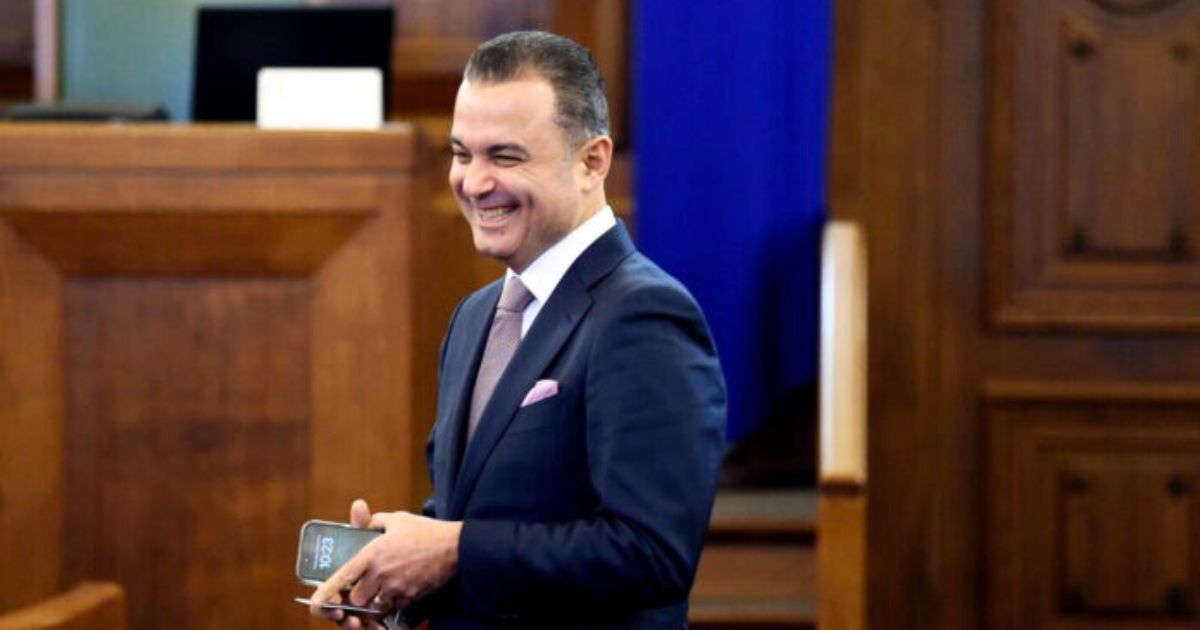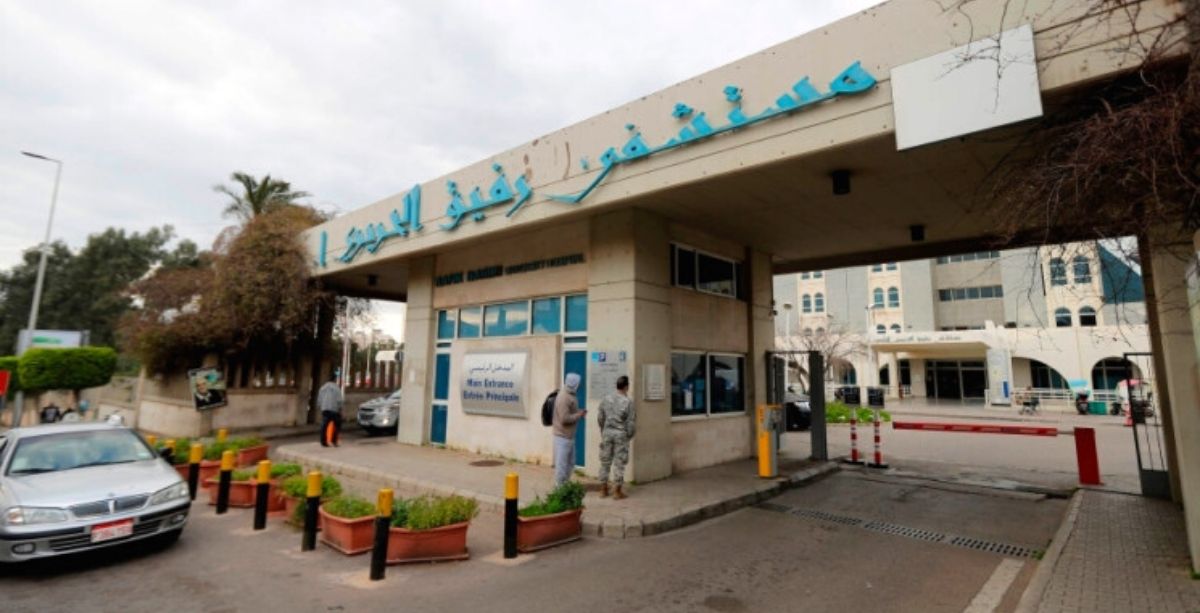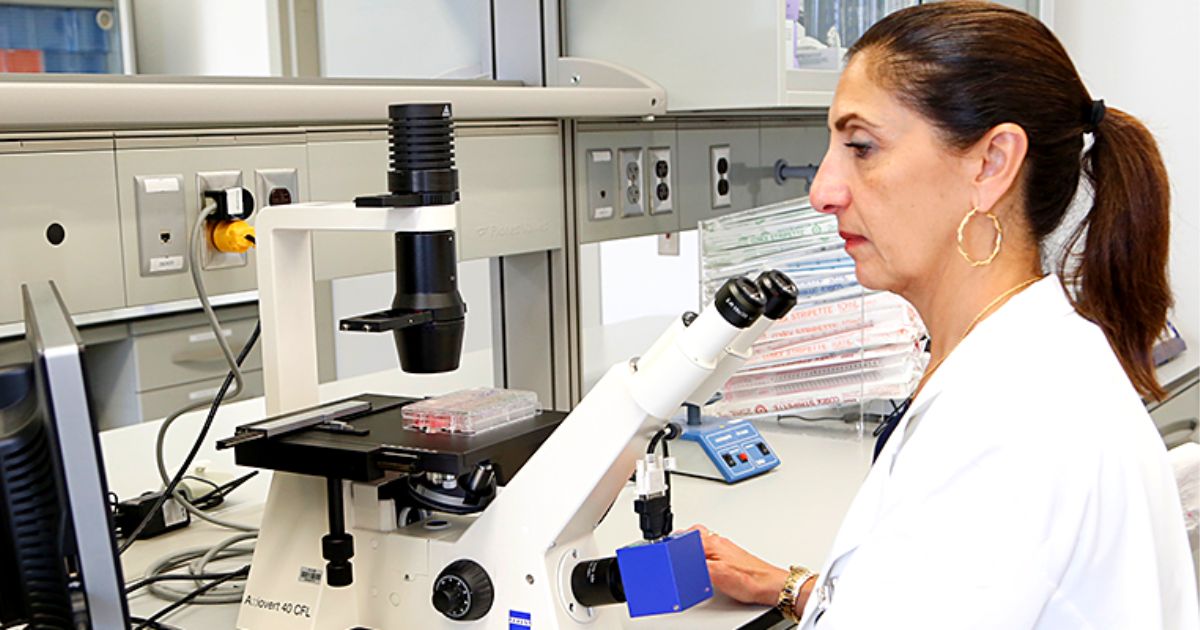In the 1960s, Manoug Manougian, a mathematics professor at the Hagazian University, along with a group of young scientists, students, and army experts succeeded in developing the first rocket in the region that’s capable of reaching the edge of space.
Born in the Jericho in West Bank, Manougian’s passion for space began as a boy in the 1940s. Inspired by Jules Verne novels, he would climb the nearby Mount of Temptation and gaze at the night sky. At school, he carved rockets onto his desk.
Manougian won a scholarship to the University of Texas, and he graduated in 1960 with a major in math. Just after that, Haigazian College in Beirut was glad to offer him a job teaching both math and physics.
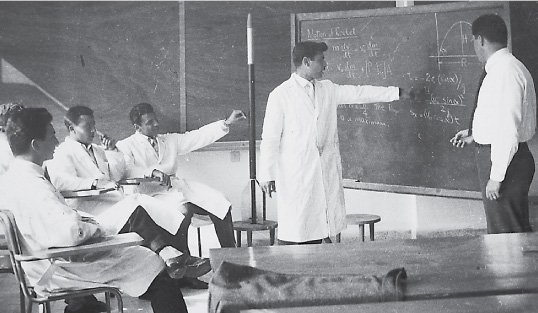
Right away in November 1960, he renamed the science club the Haigazian College Rocket Society.
The HCRS started using a pine-forested mountain near Beirut to test prototypes rockets, tiny baby rockets as Manougian called them, each no longer than half a meter.
By April 1961, two months after the first manned Soviet orbital mission, the college’s entire student body of 200 drove up for the launch of a rocket that was more than a meter long.

As they experimented and improved, the rockets started reaching higher altitudes, from 1000 meters to 2000 meters. And as the news spread, the Lebanese army took an interest.
Lieutenant Youssef Wehbe, specialized in ballistics, cautioned that the HCRS couldn’t just go up any old mountainside and shoot off rockets.

They could, however, do it as much as they wished under controlled conditions at the military’s artillery range on Mt. Sannine.
Although the Lebanese military was highly interested in HCRS, the mission that Manougian was leading stayed a purely scientific project and had nothing to do with military usage.
Their objective was to be on the journey for the space discovery, along with other renowned space agencies like NASA.
By now the HCRS had become a source of national pride, and its name changed to the Lebanese Rocket Society (LRS).

Launches now drew hundreds of spectators to the site overlooking the Mediterranean Sea at Dbayeh, north of Beirut, and Haigazian itself became known as Rocket College.
On November 21, 1963, they launched Cedar IV that reached a height of 90 miles (145 km), putting it close to the altitude of satellites in low-earth orbit.
On launch day, 15,000 people showed up, along with generals and even the president. After the successful launching of Cedar IV, the project was not believed to still be just a science project.
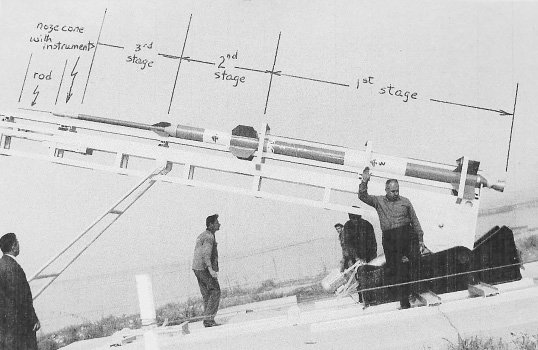
The success of the LRS grew up with each launching, Manougian’s profile grew, so did the level of unwanted attention.
“I was offered the moon in terms of money and support – a mansion to live in and a lab of my own design,” he says, in an interview with BBC’s Richard Hooper, about one particular offer made to him by an unnamed Arab country.
“I turned them down. I realized what the implications would have been as I’m very strongly against the violence of any kind.”
In 1964, a master’s degree in hand, Manougian returned to Lebanon to find out that the society was now out of his control.
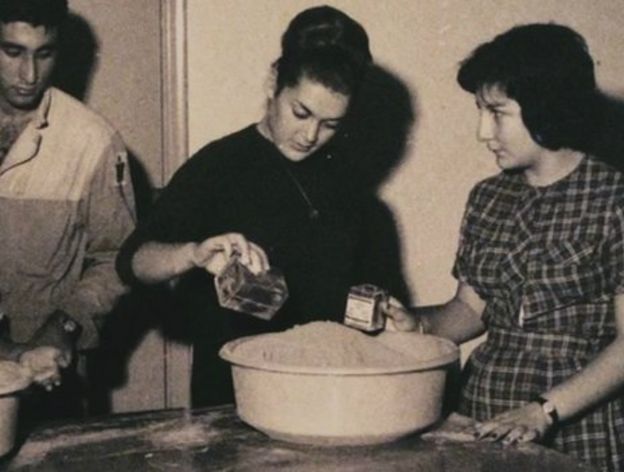
“There was no supervision during my absence, and when I came back I found out that one of the students had decided to prepare a rocket using the propellant.” Noting that propellant is a very powerful chemical, and any friction would trigger ignition.
In the ensuing fire, a student named Hampar Karaguzian lost an eye and severely burnt his hands. And a second student, outside the lab, also got burnt when trying to help Karaguzian.
After the explosion that blew up at the Hagazian university and caused many injuries, the society became inactive.

Florida Armenians revealed that, according to Manougian, Wehbe told him that French President Charles de Gaulle soon pressured President Chehab to shut down the rocket project for geopolitical reasons.
And, that was the end of the Lebanese Rocket Society.
Memories of the LRS quickly faded and archive material was lost during the civil war. Manougian went on to win teaching awards, and many of the LRS students and others inspired by them went on to excel in scientific pursuits.
Paying respect to all the effort that went into the rocket project, they had a life-size replica of the Cedar 4 placed on a platform in the Hagazian University, as a tribute to Manougian and his club.

Directors Joana Hadjithomas and Khalil Joreige made a documentary titled “The Lebanese Rocket Society,” which was released in 2013, featuring many of the important individuals involved, including Manougian.
Besides, the documentary also featured original photographs that were shot during the early 60s advent of the program.
“Yes, it was a tiny country, but Lebanon could have done it,” Manougian told BBC.



